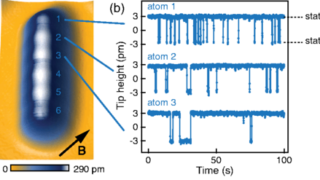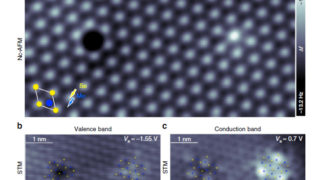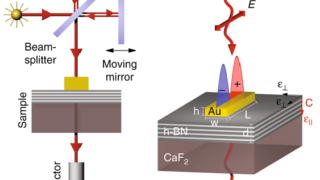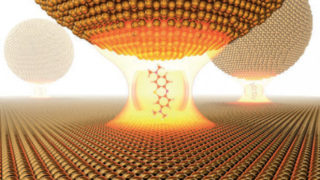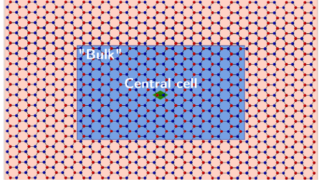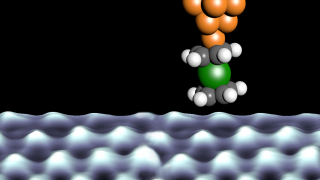
Atomic-scale spin sensing with a single molecule
Scanning tunneling microscopy (STM) is a technique in which a fine conducting probe is held close to the surface of a sample. Electrons tunnel between the sample and the probe, producing an electrical signal. The probe is slowly moved across the surface and raised and lowered so as to keep the signal constant. The precision […]


